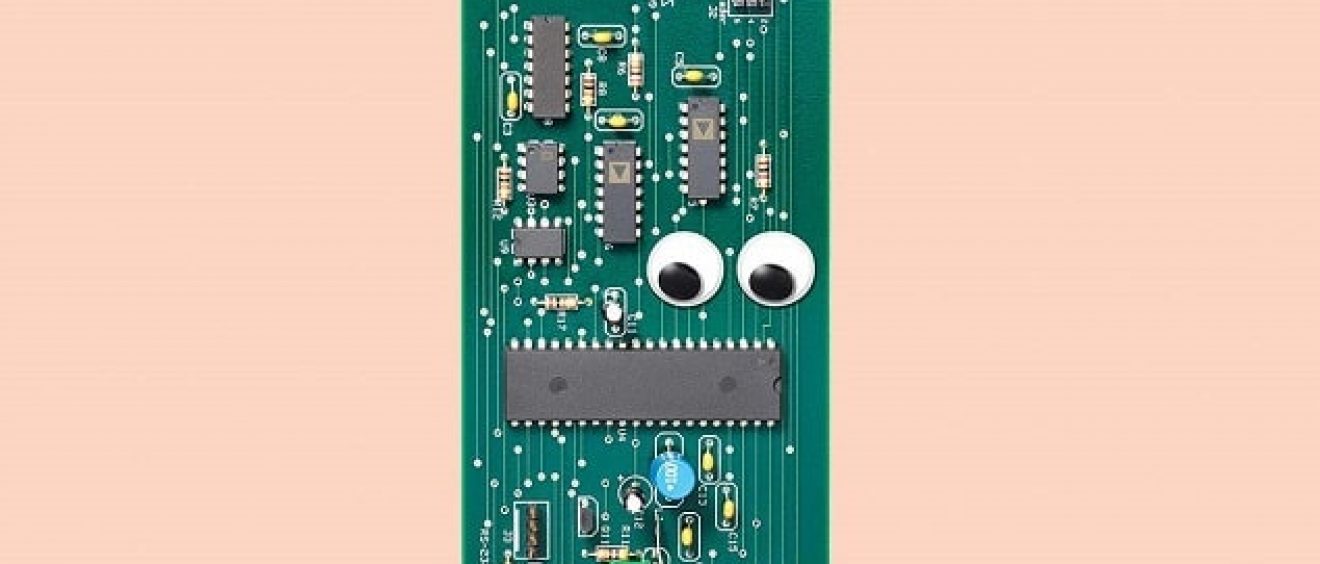
Hacking Printed Circuit Board (PCB)
In 2018, an article in Bloomberg Businessweek made the stupendous assertion that Chinese spy services had created back doors to servers built for Amazon, Apple, and others by inserting millimetre-size chips into circuit boards. This claim has been roundly and specifically refuted by the companies involved and by the U.S. Department of Homeland Security. Even so, the possibility of carrying out such a stupendous hack is quite real. And there have been more than a dozen documented examples of such system-level attacks. We know much about malware and counterfeit ICs, but the vulnerabilities of the printed circuit board itself are only now starting to get the attention they deserve. In order to understand how a circuit board can be hacked, it’s worth reviewing how they are made. Printed circuit boards typically contain thousands of components. (They are also known as printed wiring boards, or PWBs, before they are populated with components.) PCB designers start by creating two electronic documents, a schematic and a layout. The schematic describes all the components and how they are interconnected. The layout depicts the finished bare board and locates objects on the board, including both components and their labels, called reference designators. (The reference designator is extremely important—most of the assembly process, and much of the design and procurement process, is tied to reference designators.) Not all of a PCB is taken up by components. Most boards include empty component footprints, called unpopulated components. This is because boards often contain extra circuitry for debugging and testing or because they are manufactured for several purposes, and therefore might have versions with more or fewer components. Once the schematic and layout have been checked, the layout is converted to a set of files. The most common file format is called “Gerber,” or RS-274X. It consists of ASCII-formatted commands that direct shapes to appear on the board. A second ASCII-formatted file, called the drill file, shows where to place holes in the circuit board. The manufacturer then uses the files to create masks for etching, printing, and drilling the boards. Then the boards are tested.
Next, “pick and place” machines put surface-mount components where they belong on the board, and the PCBs pass through an oven that melts all the solder at once. Through-hole components are placed, often by hand, and the boards pass over a machine that applies solder to all of the through-hole pins..
The boards are then inspected, tested, repaired as needed, and assembled further into working products.
Source: spectrum.ieee
